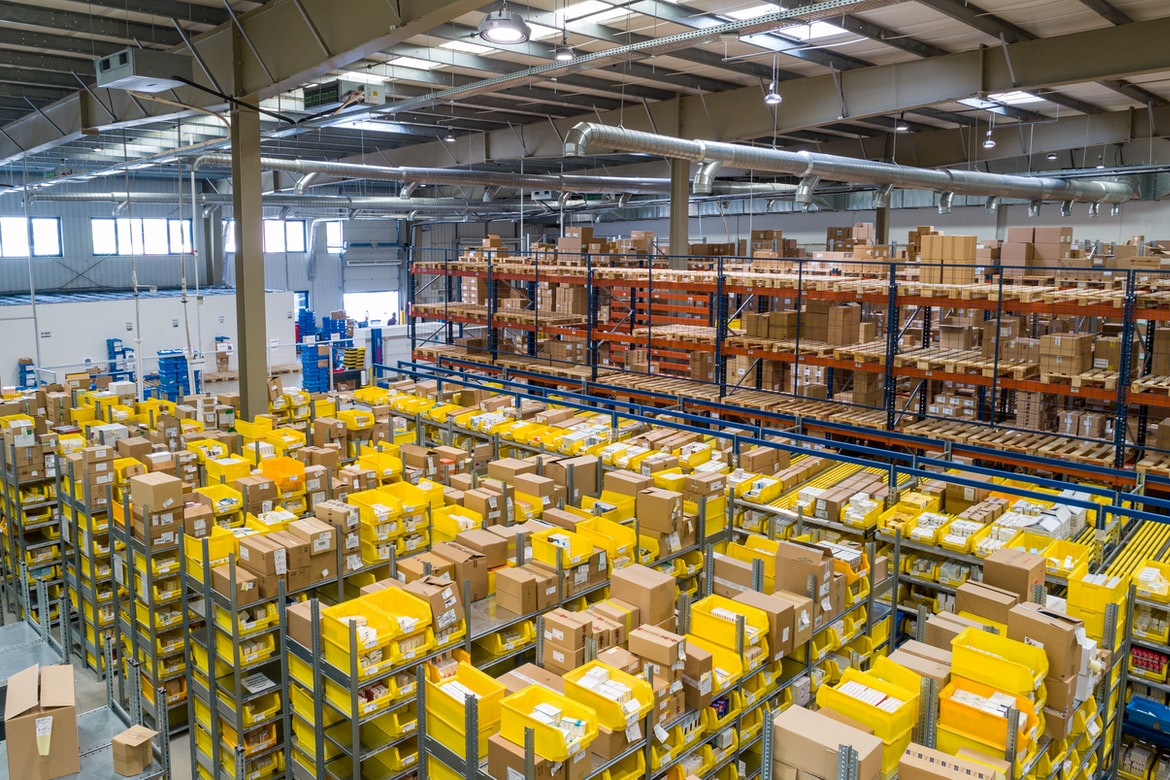Classification of warehouses in terms of logistics

While choosing warehouse premises for rent or purchase, it is extremely important to clearly define its target direction, as this directly affects how effectively such property will be used. Depending on the design and other technical characteristics, rented warehouses can perform a variety of functions: from long-term or seasonal storage, to distribution and consolidation.
Varieties of warehouses in the logistics direction
One of the main goals of logistics is the correct distribution of material flows, and for this a wide variety of methods are used, depending on the activities of the enterprise. For example, for the production and distribution of products, companies purchase raw materials, and the finished products are distributed among distribution channels. Thus, rented warehouses can have 3 main functions based on the movement of goods from the manufacturer to the sales market:
• Supply logistics. They are used to store products necessary for the production of various goods, that is, raw materials, components, tools, etc.
• For production logistics. Premises are rented for goods at intermediate stages of production;
• Distribution logistics. Products for the end-user market are stored there, completely ready for sale.
Types of warehouses depending on areas in the logistics system
In supply chains, there are 2 types of important links: transporting goods from one point to another and controlling demand. According to this principle, several types of premises are also distinguished.
• Production warehouse. (It is recommended to rent premises that are close enough to the place of production, since they are directly involved in the process of manufacturing goods from raw materials);
• Trade warehouses. They are used to store completely finished products, from which it is sent directly to store shelves;
• Warehouses of transport companies. A place for temporary storage, from where the carrier picks up the cargo for transportation to another storage point;
• Forwarding warehouses. Such companies provide not only transportation, but also the organization of work, consolidating transport services and establishing communication with the owner of the goods during transportation.
• 3PL (Third Party Logistics). Logistics providers are involved in supply chain control (delivery of goods, customs clearance, storage, delivery to a key destination).